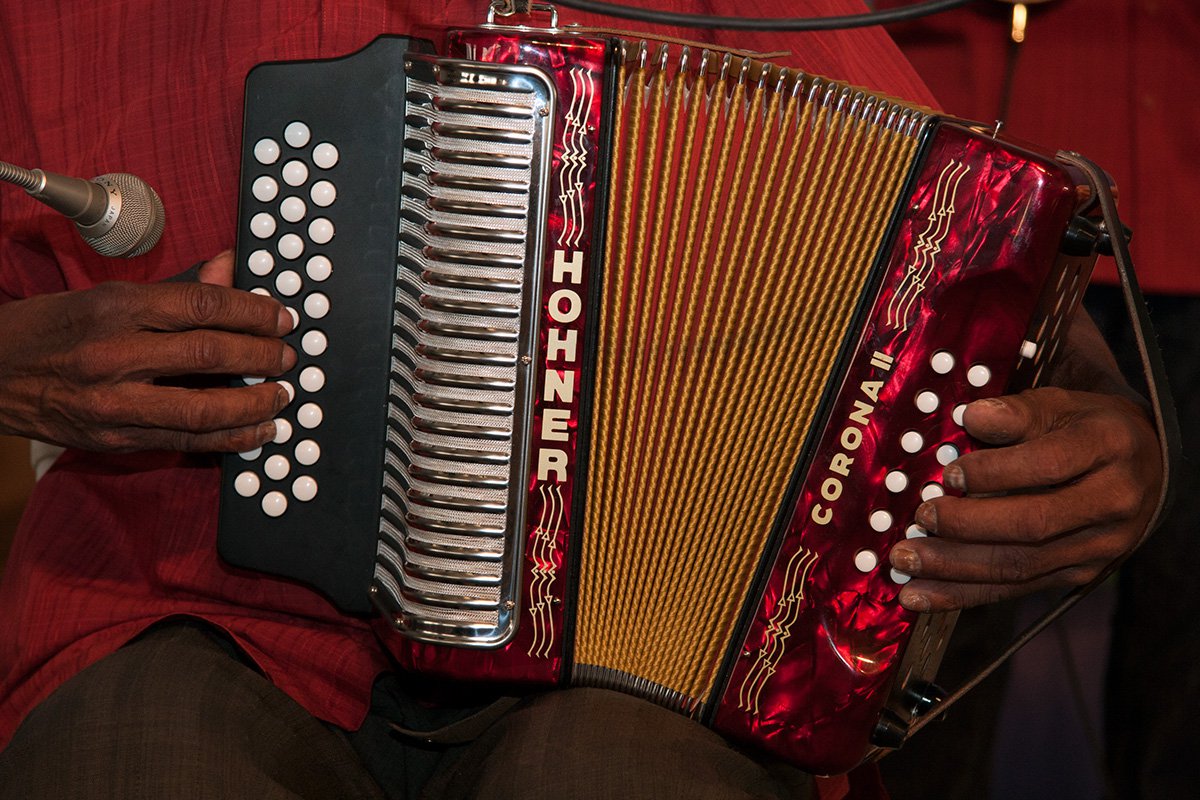
Diatonic Accordions Types
Diatonic accordions are button accordions which produce music in one key; these accordions are commonly found in Celtic, Norteno and Zydeco styles of music.
Bass buttons vary considerably in their sound production depending on whether or not their bellows are pulled or pushed in, creating an incessant rhythmic beat as they alter tune depending on whether their bellows are stretched outward or pulled back in. As opposed to this instrument type, which produces one consistent note no matter how it is pulled or pushed back in, unisonoric instruments produce one constant tone when pulled or pushed, bass buttons change tune depending on whether the bellows are pulled inward or outwards.
Wet Tuning
Accordion reeds can be tuned either together in unison, which produces an exact pitch, or apart to produce a tremolo effect – known as wet tuning and generally preferred for Scottish and Irish music.
Wet tuning offers several advantages over dry tuning: It’s easier to play, produces less tremolo and more sound production, and is often cheaper. But it also lacks accuracy.
Tuning an accordion requires careful analysis and planning. Ideally, starting out by tuning its reeds to concert pitch (A=440 or 442, respectively), with its lowest notes tuned at one bps and its higher notes tuned at four bps respectively is advised.
Dry Tuning
Dry tuning occurs when all reeds are tuned simultaneously to produce exactly the same pitch, producing an even and smooth sound while being less likely to produce a tremolo effect than wet tuning.
Successful dry tuning depends on understanding how your accordion operates and which reeds are used. A tuner and tune chart can also come in handy, so that you can quickly determine where each reed needs correction in cents, and in which direction.
As opposed to wet tuning, which requires skill and dexterity to execute effectively, dry tuning is much simpler and faster. It is particularly advantageous for beginners and players who don’t wish to spend an hour tuning their instrument.
After tuning, it’s wise to visually inspect each reed on the tuning bellows while keeping its reed blocks in the accordion, in order to check for debris jamming the reeds and reveal any errors or discrepancies that need correcting in a subsequent round of tuning. This should provide an accurate picture of any issues or discrepancies that need correcting during further rounds.
Keys
Keys are an integral element of tonality (the system of organizing notes, chords and scales around a centrally important tone). Keys can also be used to modulate, or move from one key to the next.
Key is a group of pitches or scale that serves as the basis of Western classical and art music composition. It is organized hierarchically with its tonic (the focal note or keynote) being considered its most stable and grounding degree of the scale.
Diatonic scale degrees are organized relative to one another in an ascending hierarchy, so diatonic pitches may either be close or distantly related to their respective tonic pitches.
Learning to recognize different keys and their relationships can be essential to an artist’s overall understanding of music and playing in ensembles. With an ability to think about music using keys in relation to chords, scales and other components quickly and efficiently makes sense of any complex piece.
Accessories
Accessories are essential to making the most of your accordion and playing it more easily, from straps and reed wax to electric pickups, stands, gig bags and gig bags.
Accessories for accordions come in various forms, from straps constructed of various materials and colors, to cases designed to protect the instrument while traveling safely.
As part of your purchase decision, it is also essential to select an accordion that is lightweight yet sturdy enough. Ideally, an ideal accordion should weigh under 22 pounds so you can carry it around easily.
No matter which accordion type you purchase, its number of reeds should also be a key consideration. Beginners should choose instruments with two reeds while advanced players can go for instruments with three or more.
